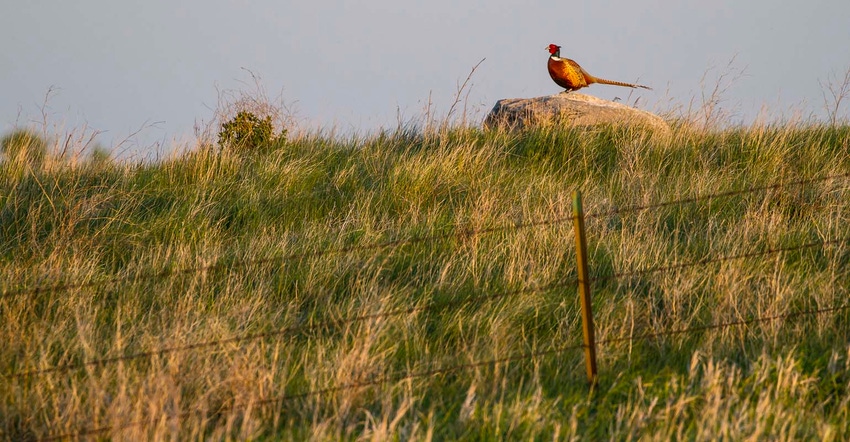April 12, 2017

Spring has sprung in the northern Plains and with it comes the return of insects. Insects, in general, may offer more indication of rangeland health than any other type of organism, explained Pete Bauman, SDSU Extension range field specialist.
"They serve as key building blocks that other organisms depend on," he said. "The insect community present in rangelands can be complex and most people find identification of most insects difficult. Consequently, other species are generally utilized to help interpret the condition of rangelands. For example, changes in grassland bird abundance or diversity are often used as a general indicator of rangeland health."
Bauman explained that because birds are relatively easy to see and count, observing grassland birds has become a powerful tool for many ranchers to gauge their range condition. However, for most grassland birds to raise a successful clutch they must provide their hatchlings with insects or the young themselves must forage for insects on their own to meet their nutritional and developmental needs.
"This reality points to the critical role of insects in overall grassland ecology," Bauman said. "Beneficial insect communities that are present in rangeland are dependent on healthy and diverse functioning plant communities."
Bauman shared the example of pollinating insects.
"Pollinating insects, such as honey bees, butterflies, native bees and flies rely on the presence of flowering plants for nectar," he said.
Healthy and vigorous plant communities are maintained in rangeland primarily through healthy grazing programs that consider whole-systems health.
"Healthy rangelands that offer the greatest profit potential are maintained through a holistic or integrated approach that considers all natural resources, including vegetation, insects, birds, soils, water, etc. and utilizes more than one approach at reducing pest populations," Bauman said.
Source: SDSU Extension
You May Also Like




